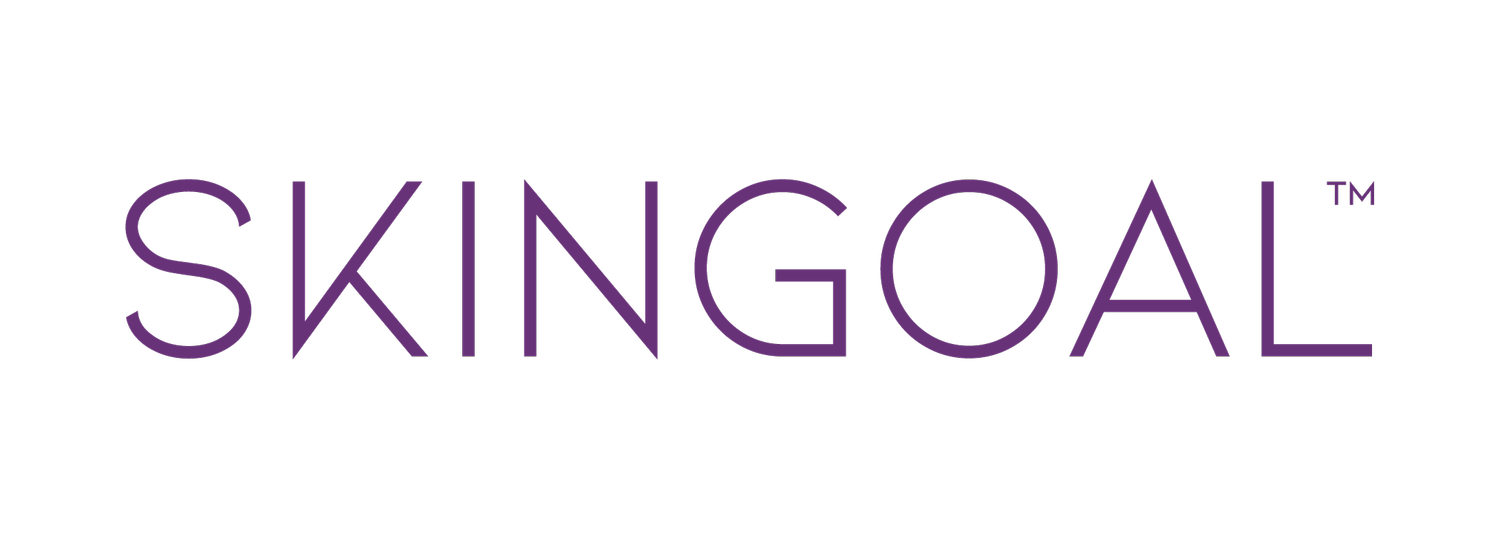Sun protection: UVA v UVB - what does it all mean?
I am passionate, as you may have already noticed, about protecting skin from UVA and UVB rays. But what does UVA and UVB really mean?
There are three types of ultraviolet rays sent our way by the sun, UVA, UVB and, you guessed it, UVC. We can’t see ultraviolet light, which is a shame, as it has quite the effect on our skin.
UVC rays have a relatively short wavelength and don’t reach the Earth, so we don’t need to worry about those.
What are UVA rays?
UVA rays (which I call UV Ageing rays) have the longest wavelength, penetrate to the skin’s dermis, inner layer of the two main layers of the skin, below the epidermis. It is in this layer that our skin starts to age, which soon shows on the surface - and which is absolutely exacerbated by exposure to the sun and those UVA rays. Yes, ladies, UVA speeds up the ageing process in your skin! Premature ageing? I vote no!
What are UVB rays?
UVB rays (which I call UV Burning rays) affect the top layer of your skin, penetrating to the epidermis. These rays trigger the synthesis of melanin, the pigment that creates that suntanned look we are all conditioned to admire, which our bodies produce in an effort to protect us from the sun, as it absorbs UV light and also has has antioxidant and free-radical scavenging properties. Cool, huh? However, the melanin we produce IS NOT ENOUGH to properly protect us, as is clearly shown by the high incidences of skin cancers in the UK.
If you want to understand how seriously we should take sun protection, here are some scary numbers from Cancer Research UK.
There are around 17,500 new melanoma skin cancer cases in the UK every year, that's 48 every day. It is the 5th most common cancer for females, and the 4th most common cancer in males.
In females, the most common specific location for melanoma skin cancers in the UK is the lower limb. In males the most common specific location for melanoma skin cancers in the UK is the trunk. We all know how this happens - the moment the sun comes out, we stick out our winter white legs and men whip off their shirts (which let’s face it is inadvisable on many levels!)
To increase the scare factor, all these figures are from 2017-2019. When you add the knowledge that melanoma skin cancer rates are projected to rise by 9% in the UK between by 2025, that makes for some big figures and a lot of people hearing awful news.
SkinGoal Solar 50
With all of this firmly in mind, when I decided I wanted to create a really excellent broad spectrum sun cream for our delicate facial skin, I made sure I knew and applied all the most up-to-date understanding of how best to protect skin, encompassing the most modern and powerful ingredients to offer the best UVB and UVA protection.
I don’t want to get too ‘science-y’ here, but I do want to share three very important and reassuring things about how my Solar 50 is designed to protect your skin from both UVA and UVB rays. It is, of course, all in the ingredients.
DiethylaminoHydroxybenzoyl Hexyl Benzoate
This is a new generation, chemical sunscreen agent that’s designed for high UVA protection and high photostability. It gives sun protection in the whole UVA range (320-400 nm), which is exactly what we need.
Bis-Ethylhexyloxyphenol Methoxyphenyl Triazine
This ingredient absorbs ultraviolet rays in both the UVA and UVB range and is extremely photostable, that is, it does not degrade and lose effectiveness on exposure to sunlight. It’s magnificently broad spectrum (covers the whole UVB and UVA range, 280-400 nm) with peak protections at about 310 and 345 nm (the UVB wavelength is 280-320nm), making it the perfect choice for a really great SPF sunscreen.
Finally, I chose to include aloe barbadensis leaf juice, also known as aloe vera. Aloe vera leaf juice has been used medicinally for thousands of years. Scientists have discovered over 200 nutritional substances in its leaves, including 20 minerals, 20 amino acids, 12 vitamins, and active enzymes. Aloe Barbadensis leaf juice can soothe skin and serve as an anti-inflammatory agent. It can be used topically, because of its healing effects AND - aloe protects the skin from UV damage! The herb contains aloin, which can block up to 30% of ultraviolet rays when applied to the skin’s surface, which isn’t enough by a long shot, but every little helps! It’s the other properties of aloe vera I chose it for, and it helps make my Solar 50 great for even sensitive skins.
Whatever sun cream you choose to protect face and body from UV Ageing and UV Burning rays, do please apply regularly, do please apply generously, and do please take plenty of breaks out of the sun, too. The best way to enjoy a summer day, or a summer holiday, is to protect yourself first, then have all the fun you look forward to all year.
Love, Penny xxx

